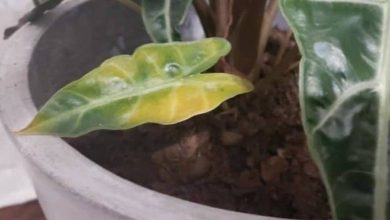Pests and Diseases of the Lady of the Night
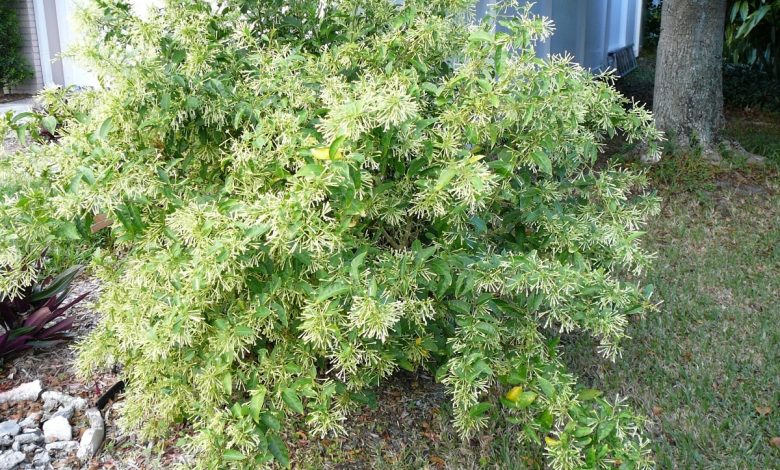
What pests and diseases affect the lady of the night?
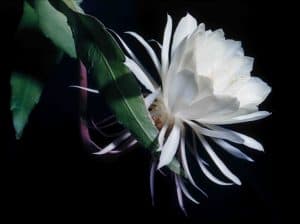 The lady of the night is a generally very resistant plant, however, like most garden plants, it is exposed to a series of pests and diseases.
The lady of the night is a generally very resistant plant, however, like most garden plants, it is exposed to a series of pests and diseases.
And, although there are no special pests that affect this fragrant night plant, except for the most common ones such as the well-known triad of pests:
Aphids, Flies (mainly white) and Red Spiders, are also attacked by the Black Caparreta, which is amore resistant type of cochineal.
aphids
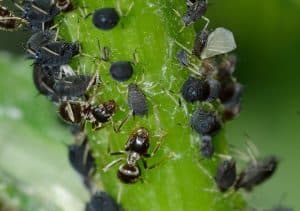 They are insects of 2 to 3 millimeters, which can be green, black or orange. They develop very quickly.
They are insects of 2 to 3 millimeters, which can be green, black or orange. They develop very quickly.
They form colonies that are visible on the young shoots, on the underside of the leaves or flower buds of the lady of the night.
They also secrete a honeydew highly appreciated by ants and on which sooty mold develops. Among the visible damage caused by aphids to the lady of the night can be seen the yellowing of the leaves and a deformation between the young shoots.
White fly
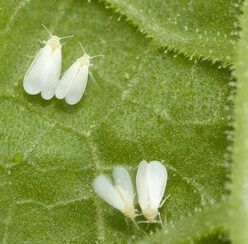 They are small insects with a size of 2 to 3 mm, white in color as their name indicates, and live on the underside of the leaf where they lay their eggs.
They are small insects with a size of 2 to 3 mm, white in color as their name indicates, and live on the underside of the leaf where they lay their eggs.
They are sucking insects that feed on the content of the cells of the leaves and secrete honeydew. And, just like aphids, they cause yellowing of the leaves that end up falling.
red spiders
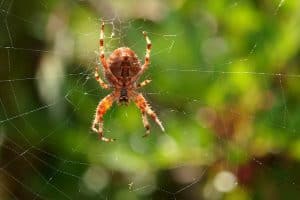 It is a very small mite (0.5 mm), which usually preys on the lady at night when it is in a dry environment. It is an easily identifiable pest because it spins webs around the crop.
It is a very small mite (0.5 mm), which usually preys on the lady at night when it is in a dry environment. It is an easily identifiable pest because it spins webs around the crop.
Web-bound leaves are often seen. When the pest is widespread, the entire plant is surrounded by this web.
Its mode of action consists of sucking and sucking all the plant material, which weakens and weakens the plant. Be very careful because they are also located on the underside of the leaves, like the whitefly.
Caparreta black or soot cochineal
Dark brown in color, it has a hard shield; It is a very dangerous type of pest because it groups in colonies to feed on plant sap.
It is established on leaves and shoots of crops of the lady of the night. They suck the sap from the green parts, causing chlorotic spots and deformations.
The main diseases observed in these orchids is the appearance of brown spots on the leaves and roots due to fungal attack (high humidity for long periods).
Yellow sheets
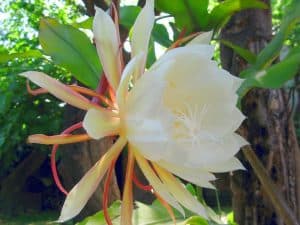 In the lady of the night: they mean that it is receiving a lot of watering, therefore, the leaves begin to lose their brilliance, to turn yellow, until they fall.
In the lady of the night: they mean that it is receiving a lot of watering, therefore, the leaves begin to lose their brilliance, to turn yellow, until they fall.
This problem is easy to solve, it is only necessary to space out the irrigation times, and wait for the soil to be a little drier, to avoid soaking the soil.
Lady of the night without flowers
When the problem is that the plant does not bloom, it is due to two possible causes; the first has to do with pruning, and the second with irrigation and fertilizer.
If the plant does not receive enough sun on all the branches, they gradually weaken and lose the energy they need to flourish.
Neglecting watering and fertilizing the soil will affect the amount of nutrients needed to feed themselves and all the energy they use to maintain their perennial leaves is not enough to also produce the much appreciated flowers.
Why do they occur and what remedies are there?
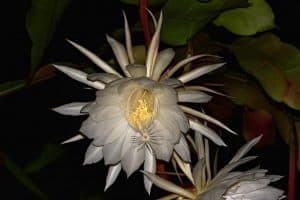 The warm, humid environments that are generally beneficial to indoor plants are also preferred by some pests such as aphids, flies and mealybugs.
The warm, humid environments that are generally beneficial to indoor plants are also preferred by some pests such as aphids, flies and mealybugs.
On the other hand, the lack of light, excess heat or excess water are also environments that favor the appearance of pests and diseases in the lady at night.
Among the security measures that could be taken is to carefully observe the lady at night in order to be able to intervene quickly, in case of detecting any infestation.
Also, and once the pests have been detected in the lady at night, they can be removed with a cloth soaked in water by passing it through the leaves or with a powerful jet of water, without damaging the leaves.
In the curative fight against the plagues and diseases of the lady of the night, a treatment with special insecticides can be carried out to combat each plague or a systemic product, repeating it several times for two or three weeks.
Bibliography and references
- Roig and Mesa, Juan Tomas; (1945). Medicinal, aromatic or poisonous plants of Cuba. Volume I. Scientific-Technical Editorial. Havana Cuba.
- Liogier, Alain H. (1990). Medicinal plants of Puerto Rico and the Caribbean. Iberoamerican Editions. Madrid Spain.
- Restrepo-S., Ana Maria; Echeverri, Fernando. (2005). Chemistry of the relationship between the insect Epilachna mexicana (coccinelidae) and its host plant Cestrum nocturnum (solanaceae). SIU-University of Antioquia. Medellin Colombia. Reproduced from: http://matematicas.udea.edu.co/~actubiol/actualidadesbiologicas/25arestrepo.pdf
- Baptist Baths, Silvia; Barrera Necha, Laura Leticia; Hernandez Lauzardo, Ana Niurka; Velazquez del Valle, Miguel Gerardo; Alia Tejacal, Iran; Guillen Sanchez, Dagoberto. (2008). Powders, extracts and fractions of leaves of Cestrum nocturnum L. and their antifungal activity in two isolates of Fusarium spp. UDO Agricultural Magazine. Universidad Autónoma del Estado de Morelos. Cuernavaca-Mexico. Reproducido de: https://www.researchgate.net/profile/Silvia_Bautista-Banos/publication/38107083_Powders_extracts_and_fractions_of_leaves_of_Cestrum_nocturnum_L_and_their_antifungal_activity_over_two_isolations_of_Fusarium_spp/links/00b4951a69394dcba2000000/Powders-extracts-and-fractions-of-leaves-of-Cestrum-nocturnum-L-and-their -antifungal-activity-over-two-isolations-of-Fusarium-spp.pdf

![Photo of Geranium Cuttings: [Concept, Period, Rooting and Planting]](https://www.complete-gardening.com/wp-content/uploads/2022/08/geranium-cuttings-concept-period-rooting-and-planting-390x220.jpg)
![Photo of Monstera: [Cultivation, Irrigation, Care, Pests and Diseases]](https://www.complete-gardening.com/wp-content/uploads/2022/08/monstera-cultivation-irrigation-care-pests-and-diseases-390x220.jpg)
![Photo of Tillandsia or Air Plant: [Planting, Care, Irrigation and Substrate]](https://www.complete-gardening.com/wp-content/uploads/2022/08/tillandsia-or-air-plant-planting-care-irrigation-and-substrate-390x220.jpg)
